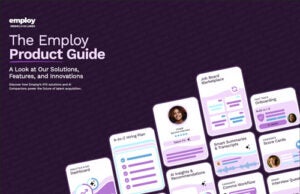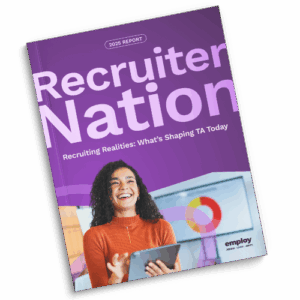The job interview process is your opportunity to find the right qualified candidates for open roles and sell those individuals on working at your company.
The trick is knowing which type of interview process is best to use to hire top talent:
- There are structured interviews in which interview panelists ask only standardized questions from a list of open-ended questions provided to them by the recruiter.
- There are semi-structured interviews that include these must-ask Qs but also allow for some “everyday conversation” at the start and/or end of the interview.
- And then there are unstructured interviews that are free-flowing chats with candidates in which interviewers casually ask about their personal experiences.
The first two approaches are ones leading orgs use today to avoid time-consuming interview processes and ensure their qualitative data collection (albeit a small sample size) via said interviews is used to evaluate leads.
When you conduct an unstructured interview, however, you end up unable to do “apples-to-apples” candidate comparisons, since unstructured interview questions for one interview will differ from those asked in another.
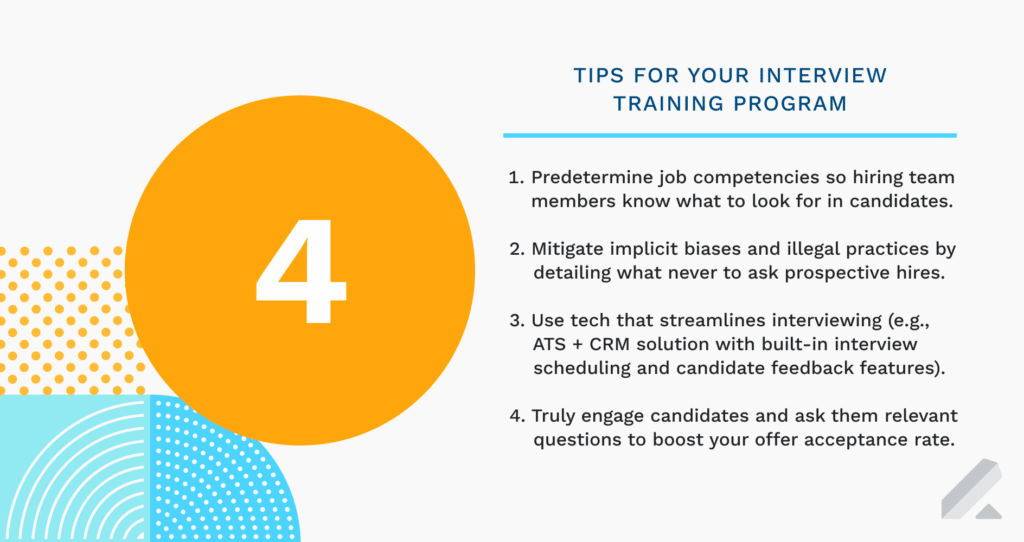
3 downsides of unstructured interview processes
In short, there are a few major disadvantages of unstructured interviews.
1) An unstructured interview process can cause you to make a bad hire
When you go into your interview process without a plan, you may not thoroughly evaluate your candidates for important skills or values, and could make a bad hire.
The best recruitment processes begin with an understanding of the ideal candidate profile (a “qualitative research” method, if you will), so that every person on the hiring team knows what to look for in a prospective job candidate.
From there, it’s important to carefully craft a structured interview process that will evaluate candidates against the required and desired criteria.
When each candidate goes through the same recruiting process (i.e., asked the same open- and closed-ended questions) and is assessed using the same interview scorecard, you can rest assured that you’re not missing any important steps in your talent evaluation process.
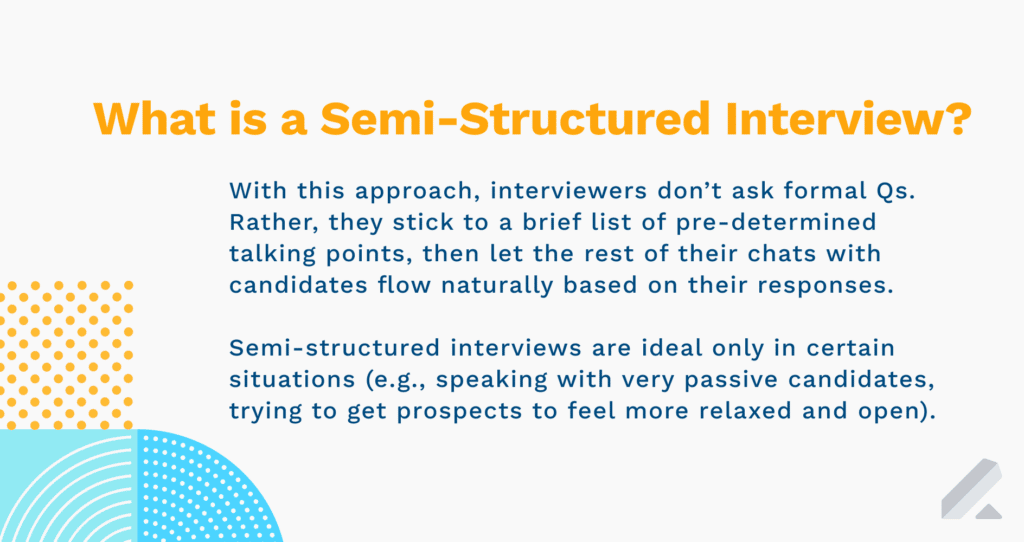
2) An unstructured interview process can lead to unfair hiring practices
One of the starkest differences between structured and unstructured interviews is that, when candidates are given different interview processes, they are then evaluated on different criteria.
This, in turn, can lead to unfair hiring practices. (Even if inadvertently so.)
Too often, interviewers make hiring decisions based on “gut feel,” which may be heavily influenced by unconscious bias.
For example, one study found that both men and women thought a male applicant was more qualified for a role than a female, even when they had identical resumes.
When studies have shown a correlation between the diversity of companies and their business success, it’s clear hiring on gut instinct can be a grave mistake.
Every candidate should have the same interview process, be asked the same questions, and be given the same assessments. This evens the playing field, and gives you an apples-to-apples comparison of each candidate.
That way, you can identify the candidates with the best combination of skill- and culture-fit for your roles, so you make offers to the most qualified candidates.
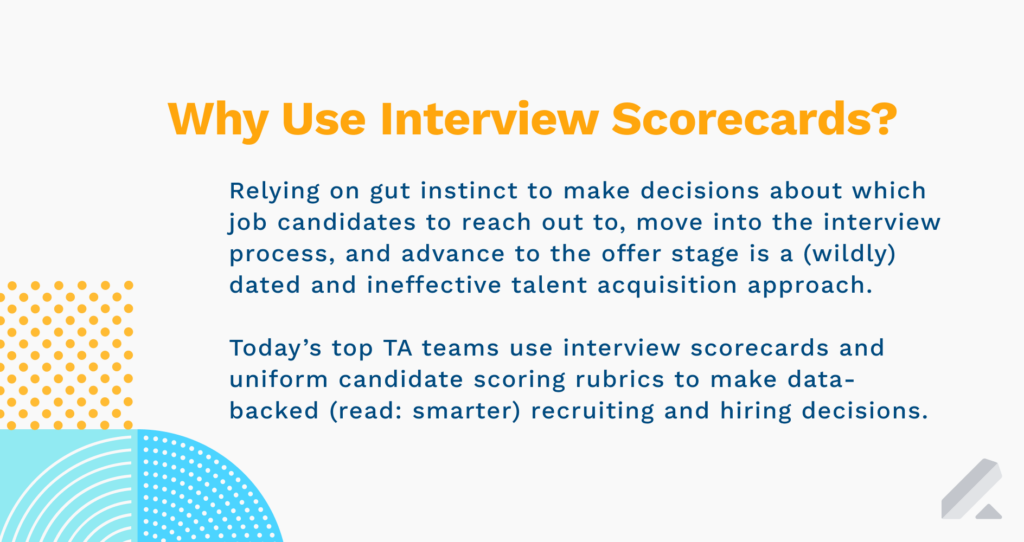
3) An unstructured interview process can lead to a poor candidate experience
When you haven’t put much thought into your interview process, it often creates a negative experience for your candidates. For example, adding steps to your hiring process at the last minute can frustrate candidates who are expecting a decision.
Eight in 10 candidates said a negative interview experience could change their minds about a company they liked, so this could affect your ability to close top-choice talent.
Candidates share experiences with friends and through review sites, so a poor experience could haunt your organization long-term.
By planning out a structured interview process in advance, you can let your candidates know what to expect, and when. You can also assign interview questions to ensure that the right ones are asked at the right time, so that multiple interviewers aren’t asking the same questions.
These things can help your interview process run more smoothly, so your candidates will remain engaged throughout and will be more likely to accept your offer.
Learn how you can develop a structured interviewing and hiring process that leads to more effective and efficient interviews in our comprehensive guide for hiring teams.










